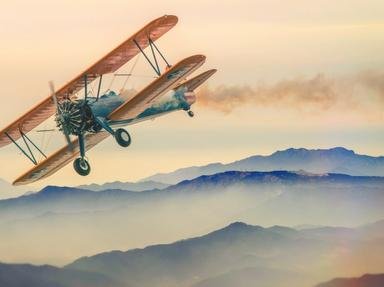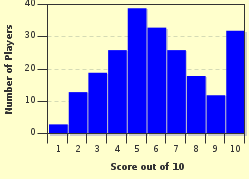Quiz Answer Key and Fun Facts
1. Why was Pan Am Flight 1736 diverted to land in Los Rodeos, Tenerife, and not in Las Palmas, Tenerife, as scheduled?
2. KLM flight 4805 was full of vacationers. Where was it from?
3. Tenerife ATC (air traffic control) gave the KLM plane the flight path that it was to follow after takeoff. What did the KLM captain mistake the message to mean?
4. Why did the KLM's flight engineer not challenge the captain's decision to take off?
5. Did the captain of the PanAm flight have enough time to avoid the collision?
6. Did the Los Rodeos airport have all of its runway lights working?
7. Which worldwide rule was established for all air traffic control towers and pilot crews after the Tenerife disaster?
8. Where is the International Tenerife Memorial situated?
9. After the crash, First Officer Bragg had intended to turn off the plane's engines. Why didn't he?
10. Who or what was found to be solely responsible for this accident?
Source: Author
funnytrivianna
This quiz was reviewed by FunTrivia editor
bloomsby before going online.
Any errors found in FunTrivia content are routinely corrected through our feedback system.

